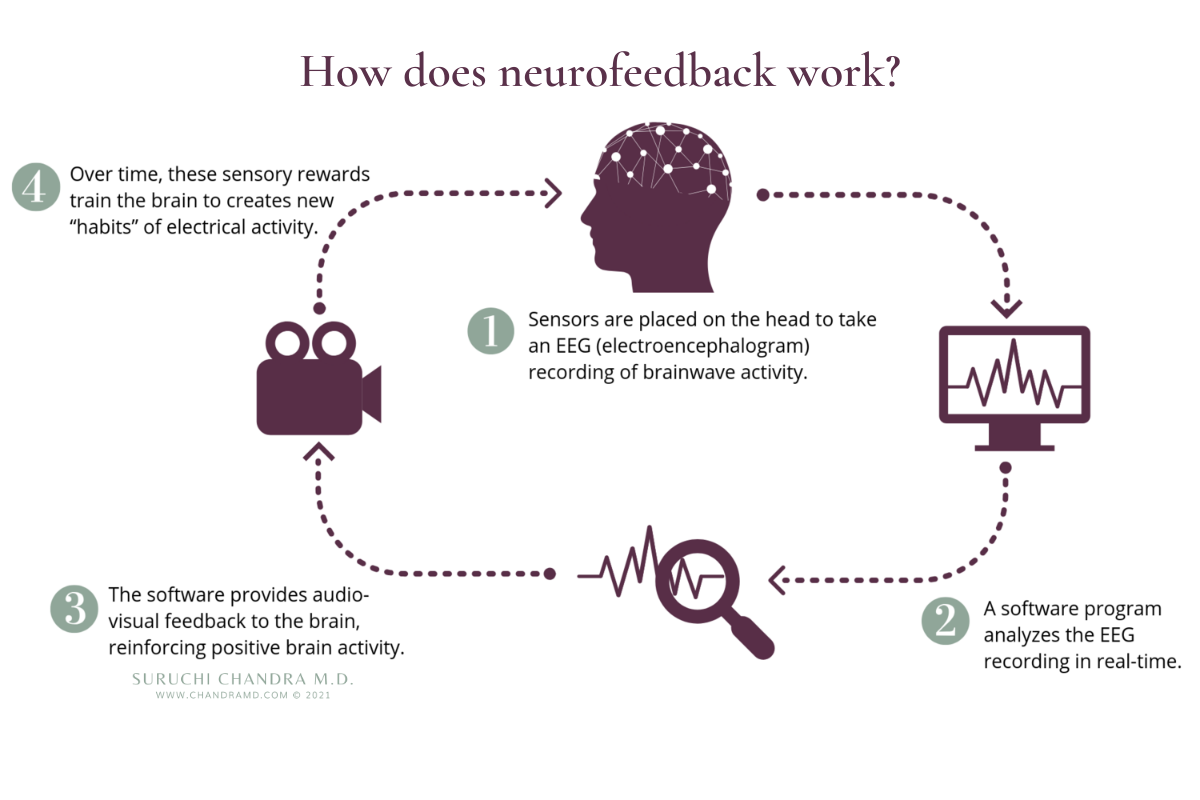Harnessing the Power of Bio-Feedback to Transform Persistent Discomfort Management and Improve Standard of Life
Harnessing the Power of Bio-Feedback to Transform Persistent Discomfort Management and Improve Standard of Life
Blog Article
Persistent pain is a condition that impacts countless of people across the world. It can be triggered by various elements, including traumas, diseases, or even stress. For many individuals, controlling chronic pain can be a daily struggle that affects their quality of life. Traditional treatments often include drugs, physical therapy, and occasionally surgery. However, these approaches do not always offer the alleviation that patients desire. Recently, biofeedback has emerged as a promising option for controlling chronic pain and enhancing overall well-being.
Biofeedback is a technique that teaches patients how to manage certain bodily processes by utilizing indicators from their own physiology. This method involves using sensors that monitor physiological responses such as heart rate, muscle tension, and skin temperature. By offering real-time feedback, individuals can discover to recognize their body's reactions to pain and stress. This awareness allows them to formulate strategies to manage their pain more efficiently. For example, if a patient notices that their muscle tension rises when they are in pain, they can practice relaxation techniques to help alleviate that tension.
One of the primary benefits of biofeedback is that it empowers patients to take an proactive role in their pain control. Instead of relying solely on medications or treatments from healthcare providers, patients can gain to understand and regulate their own bodies. This feeling of control can lead to enhanced confidence and a more optimistic outlook on life. Many patients indicate feeling more in charge of their pain and less like sufferers of their syndrome. This change in mindset can significantly improve their quality of life.
Studies has demonstrated that biofeedback can be effective in reducing chronic pain indicators. Studies indicate that individuals who use biofeedback techniques often undergo less pain and improved physical function. Additionally, biofeedback can help reduce anxiety and stress, which are frequent issues for those dealing with chronic pain. By tackling both the physical and emotional aspects of pain, biofeedback provides a holistic approach to pain control. This integrated method can lead to better outcomes for patients, allowing them to participate more fully in their routine activities.
In conclusion, biofeedback is a significant tool for transforming chronic pain management. By educating individuals to comprehend and control their physiological reactions, biofeedback empowers individuals to take charge of their pain. This method not only helps reduce pain but also enhances overall standard of life. As more individuals seek alternatives to conventional pain management methods, biofeedback emerges as a potential solution. With ongoing investigation and awareness, biofeedback could become an essential part of chronic pain therapy, helping patients lead more fulfilling, neurofeedback for anxiety more satisfying lives.
